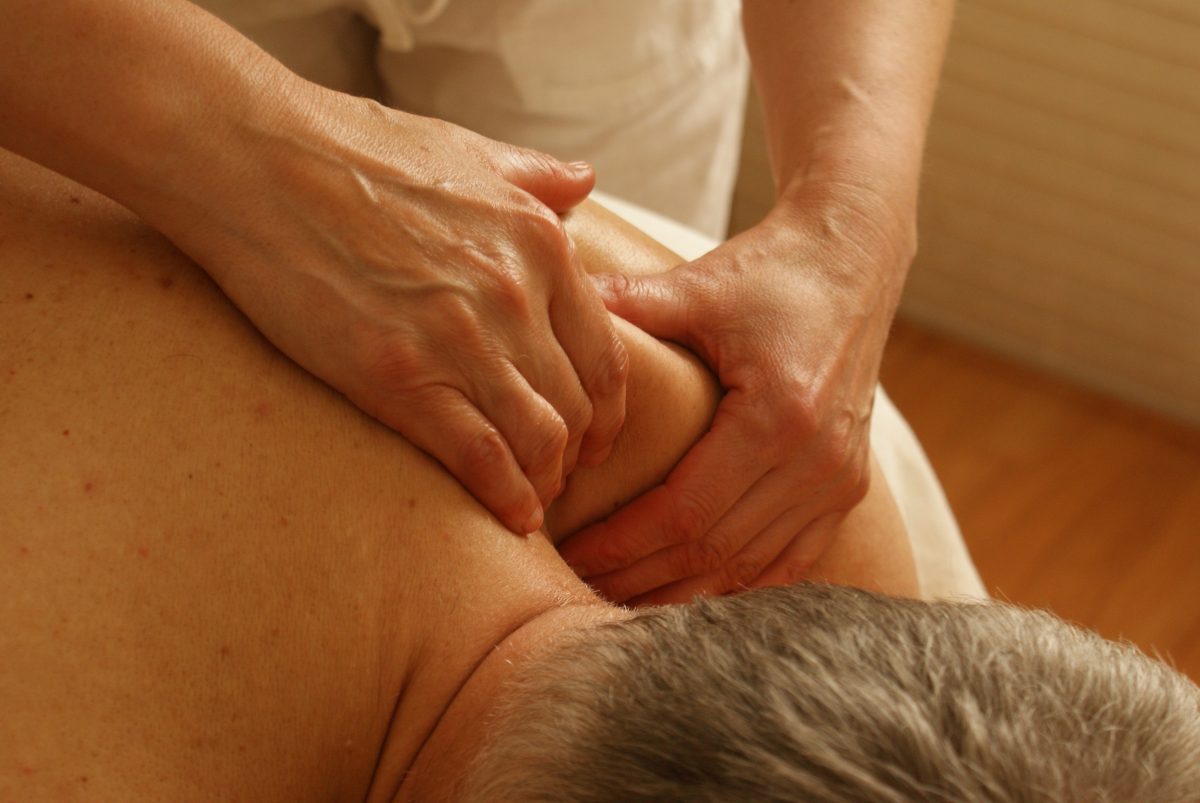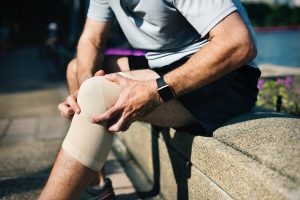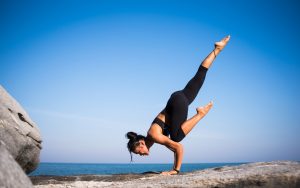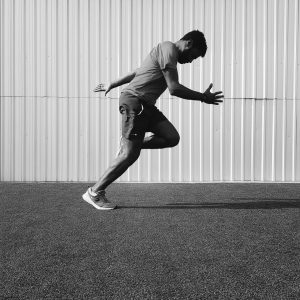
Dry Needling Versus Acupuncture?
If the only way you’ve compared dry needling and acupuncture is through a photo reference, you would be hard-pressed to identify differences. Both dry and acupuncture needling utilize stainless steel needles. For both techniques, needles are placed into the skin and also claim to aid with pain.
There are definitely unique qualities that help distinguish the two. Acupuncture was utilized for centuries as a substitute therapy and has several avenues of research to prove its effectiveness. Whereas dry needling therapy has been embraced in the last few decades. One was made to ease pain, distress, or problems by simply opening up an individual’s energy flow or chi. Another was made to target trigger points or muscles that are also irritable. Knowing those differences can help you choose which kind of treatment is ideal for you.

What is Dry Needling?
Dry needling is a contemporary remedy made to alleviate muscular pain. Its prevalence is growing. In a dry needling appointment, a professional inserts several filiform needles in your skin. That is why the expression”dry” is utilized. Dry needling is also occasionally called cranial stimulation. The target points are regions of knotted or difficult muscle. Dry needling professionals state the needle helps undo the knot and alleviate any muscle strain or spasms. The needles will stay on your skin for a brief time period. The period of time is dependent upon the practitioner.
In-and-out techniques
Some kinds of dry needling utilize techniques known as pistoning or sparrow pecking. Both these methods rely on in-and-out needle insertion. To put it differently, the needles do not remain inserted in the skin for extended amounts of time. The needles prick the points of problem and are subsequently removed. More study is necessary to encourage this technique of dry needling.
The Non-Trigger Point Technique
This can be known as non-trigger stage therapy. Rather than inserting needles just in the region of pain, the professional may instead insert needles in regions around the points of pain rather than directly on it. This technique depends on the where the pain is located and the consequence of an increased nerve or muscle issue, not only focused on the principal subject of pain.
Who Performs Dry Needling?
Dry needling is most frequently performed by sports and physical injury therapists. Presently, dry needling practitioners do not require extensive training. Since there’s not any credentialing board, there is no way to ascertain whether somebody’s training is valid and satisfactory. In the event you decide on dry needling, locate someone with postgraduate health education, like a physical therapist.
What Are The Advantages of Dry Needling?
Dry needling can offer relief for a variety of muscular stiffness and pain. Additionally, relieving the trigger points can improve flexibility and improve an assortment of movement. That is why this procedure is frequently utilized as a treatment for sports injuries, muscle strain, and even fibromyalgia pain. Though it does not now have guidelines for training, safe, dry needling practices will likely be standardized as more research becomes available.
Are There Any Side Effects or Dangers To Dry Needling?
Mild side effects are extremely common with dry needling but severe side effects are not. The most common mild side effects are bleeding, bruising or temporary pain. Since dry needling does not have formal training, certificates, or state licensure, there are more concerns regarding usage compared to acupuncture.






